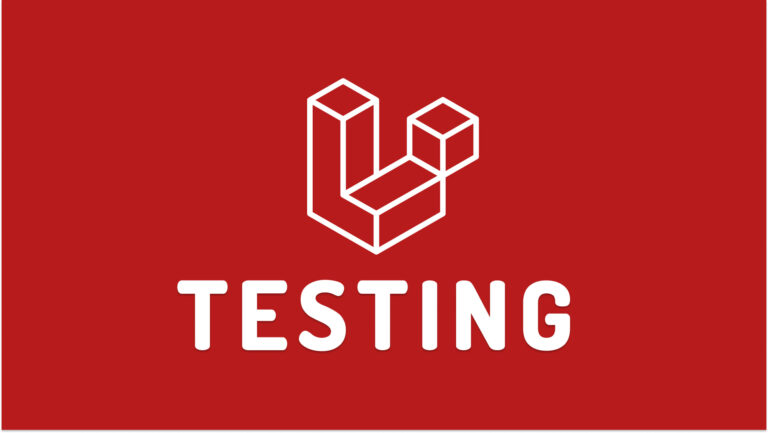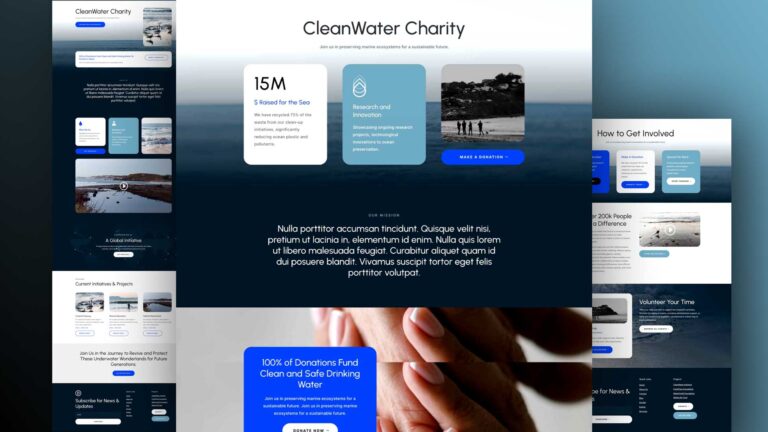Building a website with WordPress is an excellent choice due to its versatility, ease of use, and a vast array of plugins that enhance functionality. Here’s a comprehensive guide to building a WordPress website, along with recommendations for the best plugins.
How to Build a Website with WordPress
1. Choose Hosting and a Domain Name
- Domain Name: Select a domain name that reflects your brand or purpose. A popular Australian Domain Registration service comes from Fastdot.com.au to register your domain name.
- Web Hosting: Pick a reliable hosting provider. Popular options include:
2. Install WordPress
- Most hosting providers offer a one-click WordPress installation through their control panel (e.g., cPanel or Plesk).
- Alternatively, you can download WordPress from WordPress.org and manually upload it to your server using FTP.
3. Choose a Theme
- Navigate to Appearance Themes in the WordPress dashboard.
- Select a free theme from the WordPress repository or purchase a premium theme from marketplaces like ThemeForest.
- Popular Web Design themes:
- Astra: Lightweight and customisable.
- OceanWP: Great for e-commerce and multipurpose websites.
- Divi: Drag-and-drop builder with premium features.
4. Install Essential Plugins
- Go to Plugins Add New to install plugins that add functionality.
- See the list below for the best plugins to consider.
5. Customise Your Website
- Pages: Create essential pages like Home, About, Services, Blog, and Contact.
- Menus: Set up navigation under Appearance Menus.
- Widgets: Use the widget areas for sidebars, footers, or custom sections.
6. Configure Settings
- General Settings: Set the site title, tagline, and timezone.
- Permalinks: Optimise URLs by selecting the Post Name structure in Settings Permalinks.
- SSL: Ensure your site is secure using HTTPS. Many hosts provide free SSL certificates through Let’s Encrypt.
7. Add Content
- Use the Block Editor (Gutenberg) or install a page builder plugin like Elementor for a more intuitive design experience.
- Regularly add blog posts or updates to improve SEO and keep visitors engaged.
8. Optimise and Launch
- Test your website on various devices and browsers.
- Use tools like Google PageSpeed Insights to optimise performance.
- Once ready, launch the website by making it public.
Best Plugins to Use
Essential Plugins
- Yoast SEO
- Helps optimise your content for search engines.
- Features: Keyword optimisation, meta descriptions, readability analysis.
- Elementor
- Drag-and-drop page builder for designing custom layouts.
- Features: Pre-built templates, responsive design, dynamic widgets.
- WPForms
- Create contact forms, surveys, and polls easily.
- Features: Drag-and-drop builder, conditional logic, spam protection.
- WooCommerce
- Best for e-commerce websites.
- Features: Product management, payment gateways, shipping options.
- Wordfence Security
- Protects your site from malware and attacks.
- Features: Firewall, malware scanner, brute force protection.
- UpdraftPlus
- Simplifies site backups and restoration.
- Features: Automated backups, cloud storage options.
Performance and Optimisation
- WP Rocket
- Premium caching plugin to speed up your website.
- Features: Page caching, file compression, lazy loading.
- Smush
- Optimises images to reduce loading times.
- Features: Bulk image compression, lazy load.
- LiteSpeed Cache
- Excellent for LiteSpeed servers.
- Features: Cache management, image optimisation, database cleaning.
Design and Customisation
- SeedProd
- Best for creating landing pages and coming soon pages.
- Features: Drag-and-drop editor, integrations with marketing tools.
- Ultimate Addons for Gutenberg
- Extends the default WordPress block editor.
- Features: Advanced blocks, design controls.
- Slider Revolution
- Create stunning sliders and carousels.
- Features: Animation effects, templates.
Analytics and Marketing
- MonsterInsights
- Integrates Google Analytics with your website.
- Features: Real-time stats, audience reports.
- Mailchimp for WordPress
- Adds email subscription forms.
- Features: Integration with Mailchimp, customisable forms.
- PushEngage
- Adds push notification functionality.
- Features: Subscriber segmentation, automation.
E-Commerce-Specific Plugins
- CartFlows
- Optimises sales funnels for WooCommerce stores.
- Features: Pre-built funnel templates, A/B testing.
- YITH WooCommerce Wishlist
- Adds wishlist functionality to your store.
- Features: Shareable wishlists, multi-platform compatibility.
- Stripe Payment Gateway
- Enables Stripe payment processing.
- Features: Secure payments, easy setup.
Maintenance and Management
- ManageWP
- Central dashboard to manage multiple WordPress sites.
- Features: Backup, security checks, updates.
- Broken Link Checker
- Detects broken links on your website.
- Features: Link monitoring, automated fixes.
- WP-Optimize
- Cleans and optimises your database.
- Features: Cache, database cleaning, image optimisation.
Hopefully those tips and recommended WordPress plugins will get you on your way to building a high-quality WordPress website tailored to your needs. Always regularly update WordPress, themes, and plugins to ensure security and performance.
Additional Great Information:
- Top Analytics Plugins for WordPress for Your Website Traffic: This article will delve into the top analytics plugins currently available, such as Google Analytics for WordPress by MonsterInsights, Jetpack by WordPress.com, ExactMetrics, WP Statistics, and Analytify.
- Comprehensive Guide to WordPress Themes and Hosting for Photography Websites: Best WordPress Themes for Photography Websites: Selecting the right theme is crucial for showcasing your work. Here are some top-tier WordPress themes designed specifically for photographers
- Digital News and Development: Developing a WordPress website is a sequential process that requires careful planning, thoughtful execution, and consistent maintenance to ensure it meets the needs of users and achieves its intended goals.
- What is a data center or Internet data center? The term “data center” has become very common due to the role it plays in many of our daily activities. Most of the data we receive and send through our mobile phones, tablets and computers ends up stored in these data centers — which many people refer to as “the Cloud”, in a more generic way.
- Why do I need a domain name? There’s a great deal of importance on your domain name and owning and registering your own domain name cannot be over-emphasised enough. Your domain name is imperative to your online success of your website!
- How to Plan for a Landscape Photography Adventure: The best landscape photos are rarely created by accident. Yes, sometimes you’ll end up at the perfect spot in the perfect light with all the gear you need, but that is rare. Instead, most beautiful landscape shots come from careful scouting and research (as well as a bit of perseverance).
- Comprehensive Guide to WordPress Website Development. Developing a WordPress website is a sequential process that requires careful planning, thoughtful execution, and consistent maintenance to ensure it meets the needs of users and achieves its intended goals.
- How to submit a Weblink in Joomla: Submitting a weblink in Joomla is straightforward once you understand the structure of Joomla’s components and modules. Joomla provides a Weblinks component to manage and display links to external or internal websites.






